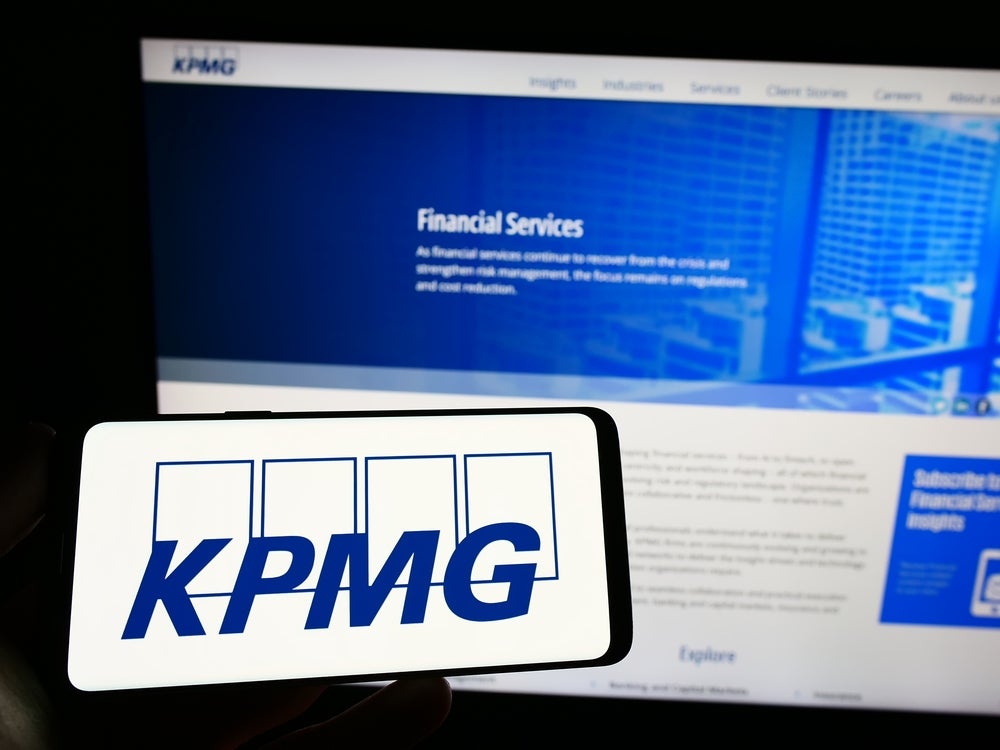Two of Turkey’s largest banking groups, Türkiye ÝÞ
Bankasý and GarantiBank, have announced plans for mobile
phone-based banking services at a time when interest in the mobile
channel is at an all-time global high.
September was a busy month for the development of m-banking: in
addition to the launches in Turkey, JPMorgan Chase in the US
announced plans for a text message-based banking service (meaning
all the Big Five US banking groups now offer some sort of m-banking
product) while HSBC’s first direct subsidiary said it will be the
first group in the UK to offer banking services on Apple’s
iPhone.
Türkiye ÝÞ Bankasý (IsBank), using a platform from local technology
vendor Pozitron, has introduced a Java-based mobile banking and
payments application called IsCep. IsBank customers can sign up for
the application online and then download it to their mobile. IsCep
allows them to access accounts, check balances, transfer funds and
exchange currencies via their handsets.
Fatih Bektasoglu, head of internet banking at Garanti, which has
launched a broadly similar service with IT vendors Volantis Systems
and Hewlett-Packard, said: “GarantiBank is already the market
leader for online banking in Turkey with 600,000 logins every week
day. This [new] channel is designed to offer the broadest set of
mobile banking services to Turkey’s 54 million mobile subscribers
on the device of their choice.”
Europe’s fastest-developing market
In the UK, now Europe’s fastest-developing m-banking market, the
move by first direct comes after Royal Bank of Scotland launched
its UK m-banking service in August, aimed at its 13 million debit
card customers (see RBI 577),
and after the recent upgrade by Lloyds TSB of its text
message-based offering.
Fintech vendors are also increasing their focus on the mobile
distribution channel. On 17 September, Switzerland-based banking
solutions specialist Temenos announced it was teaming up with
London-based FE-Mobile to add mobile banking and payments
functionality to its front office customer relationship management
application.
Another UK-based m-banking supplier, Monitise, which counts HSBC,
Royal Bank of Scotland, Vodafone and Alliance & Leicester as
clients, said its forthcoming 2008 global product suite is focused
on giving “consumers greater control of their financial affairs
from handsets”, including the ability to manage multiple accounts –
such as savings, mortgages, credit and prepaid cards, and loyalty
card schemes – from a single application.
How well do you really know your competitors?
Access the most comprehensive Company Profiles on the market, powered by GlobalData. Save hours of research. Gain competitive edge.

Thank you!
Your download email will arrive shortly
Not ready to buy yet? Download a free sample
We are confident about the unique quality of our Company Profiles. However, we want you to make the most beneficial decision for your business, so we offer a free sample that you can download by submitting the below form
By GlobalData35m US m-banking customers
US consultancy the Aite Group recently published a
report on the m-banking market which concluded that the number of
US customers using mobile banking services will rise from 1.6
million in 2007 to 35 million by year-end 2010 (see RBI 578). A new report from VRL
KnowledgeBank says that while it is early days for mobile banking
and adoption is still low (m-banking use does not exceed 1 percent
of banking customers in most markets), the channel is now growing
strongly in both developed and, in particular, emerging economies
(see The future of distribution in their
hands).
It has not all been plain sailing for the mobile channel: in
August, one of the biggest m-banking software developers, Meridea,
went bankrupt. In an interview with news agency Reuters at
the time, chief executive Jukka Riivari said that the mobile
banking venture – owned by Nokia, Finnish insurer Sampo and private
equity firm 3i – had been started “ahead of its time”. He said it
was only this year that the m-banking market had begun to
grow.
In April, another US consultancy, Jupiter Research, concluded that
despite renewed efforts by banks, US consumers are showing little
interest in m-banking. VRL KnowledgeBank’s report warns that, for
the majority of banks, the primary business case for mobile banking
is not channel substitution – and hence a reduction in costs – but
channel extension and customer retention.
Still, more and more banks are showing a keener interest in
m-banking. Bank of America reports that consumers who use online
banking have an 80 percent lower attrition rate than those who do
not – and although it is still early days for m-banking, a similar
effect is seen as likely. South Africa’s First National Bank
already claims a 15 percent increase in retention among customers
who have adopted the mobile channel.






